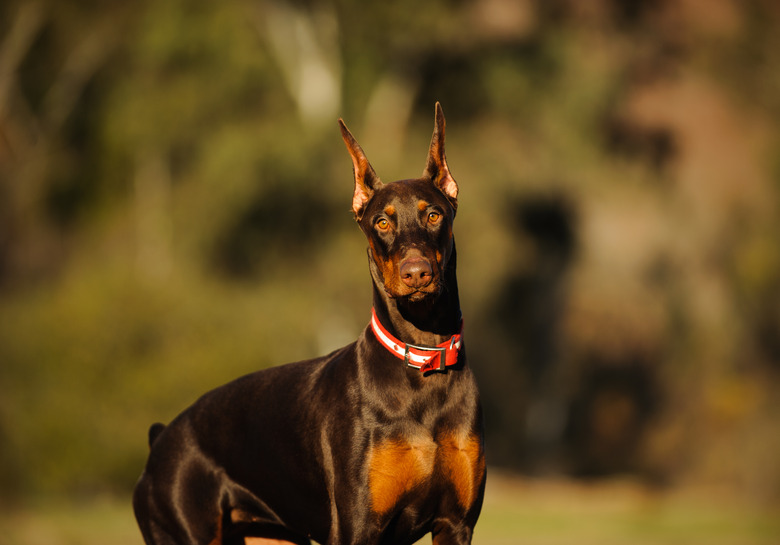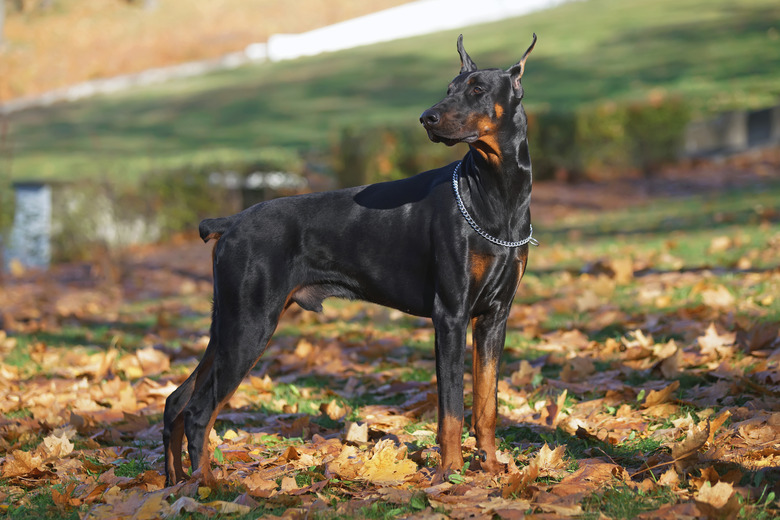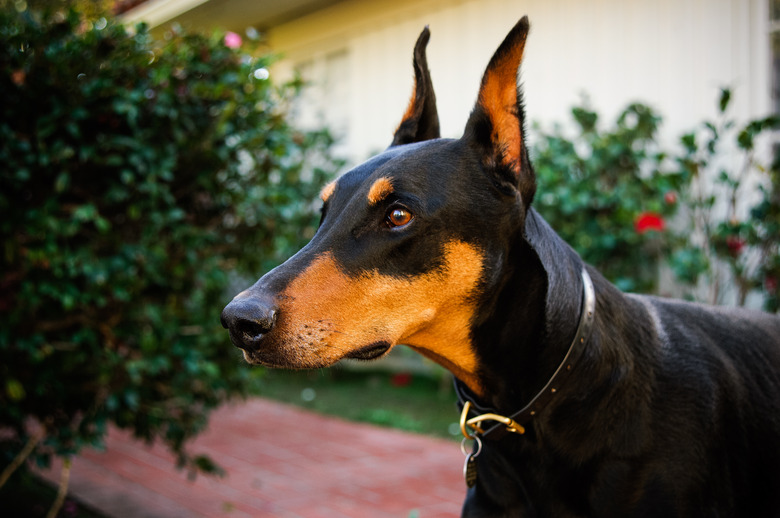Doberman Types: Different Types Of Doberman Pinschers
The Doberman pinscher is a medium-size breed categorized in the working group by the American Kennel Club. There are not different types of Doberman and only one type recognized by the organization. The miniature pinscher, while often mistaken for a small version of the Doberman, is actually a separate breed. There is also a giant Doberman pinscher, who is not recognized by the AKC.
Doberman history and origins
Doberman history and origins
The Doberman pinscher was first bred in Germany around 1890 and was officially recognized by the AKC in 1908. The breed's name comes from Louis Dobermann, a German tax collector who wanted a medium-size canine to serve as a guard dog and loyal companion. Military and police departments use the breed as a working dog. The Doberman is currently ranked as the 17th most popular breed to own as a pet, as of 2021.
Doberman size and appearance
Doberman size and appearance
According to the official breed standard, ideally, a male Doberman reaches 26 to 28 inches in height, measured at the withers. A female reaches 24 to 26 inches. Males typically weigh 75 to 100 pounds and females are slightly smaller, weighing 60 to 90 pounds. A dog who meets the AKC breed standards is muscular, elegant and noble.
Eyes are almond-shaped and the head gradually widens back to the base of the ears. The iris should be of consistent color, ranging from medium to dark brown to blue or even red. The ears are typically cropped early in life to create the tall, pointed effect. The stomach is tucked up and the hips are broad. Hair is thick and short, lying close to the body.
Doberman pinschers may appear very different from one another based on color. There are four different color schemes recognized by the AKC. These include black and rust, blue and rust, fawn and rust, and red and rust. The rust markings appear above each eye, on the muzzle, on the throat and chest, on all four legs and below the tail. Some dogs may have a small white patch on the chest.
Doberman temperament and attitude
Doberman temperament and attitude
The breed is known as affectionate and loyal, but not every dog is the same. Generally, the AKC considers the Doberman to be safe around children and other pets. The breed is intelligent, obedient, and easy to train. They have a lot of energy and need plenty of exercise each day. In addition to daily walks, Dobermans need space to play. They excel in dog sports such as agility and tracking.
Dobermans do not do well alone and are not recommended as frequent kennel dogs. As a guard dog, the Doberman is strong and keeps a vigilant watch over his household and family.
The giant Doberman
The giant Doberman
During the 1970s, the Doberman breed exploded in popularity, leading many breeders to begin selecting for larger versions of the dog. Oversized Doberman pinschers are prone to many health issues and are considerably less agile than the official Doberman. The AKC disqualifies from conformation shows any male Doberman who is at least 3/16 of an inch larger than the 28-inch maximum adult size.
According to the Doberman Pinscher Club of America, many of these so-called giant, or "Warlock" Dobermans, were not one of the different types of Doberman. Rather, they are actually mixed breed dogs with a great Dane or Rottweiler parent.


